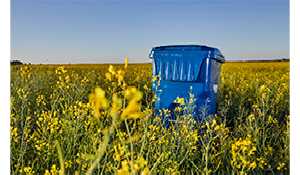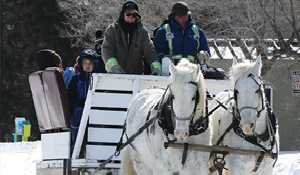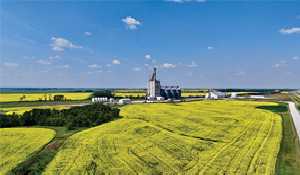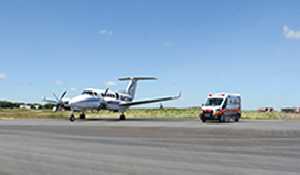Harvest off to a good start in southeast
August 18, 2017, 4:39 am
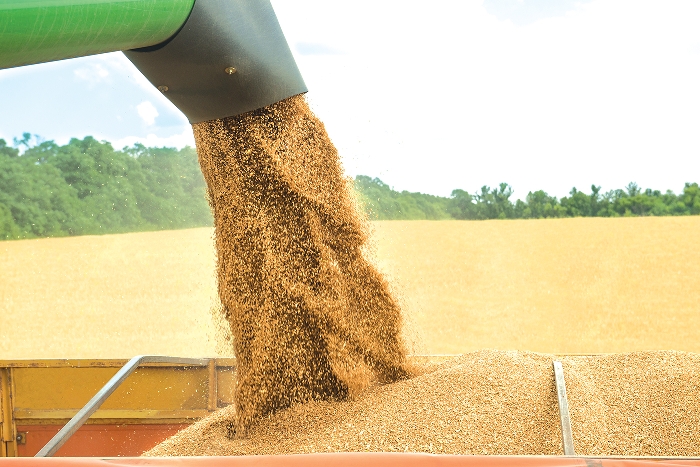

Despite recent rain, harvest is off to a good start in the southeast region, according to Saskatchewan Agriculture's weekly crop report.
Eleven per cent of the crop is now in the bin while 10 per cent is swathed or ready to straight-cut.
This is well ahead of the five-year (2012-2016) average for this time of year of six per cent combined and 11 per cent swathed or ready to straight-cut.
Crop District 1A has seven per cent combined, 1B four per cent, 2A 11 per cent, 2B 13 per cent and 3ASE has 31 per cent combined.
Rainfall throughout the week has delayed some producers for a few days but most are expecting to be back in the field by the weekend.
The Maryfield and Indian Head areas reported 22 mm of rain this past week while the Alida area has reported receiving the most precipitation (197 mm) in the region since April 1.
Although the rain will help later-seeded crops fill, the rain will be of little benefit to those crops that are rapidly drying down or have already been combined.
Many pastures and hay land in the region are in need of significant rainfall to help them recover from the earlier hot and dry conditions.
Topsoil moisture conditions continue to improve thanks to the rain. Topsoil moisture on cropland is rated as 30 per cent adequate, 44 per cent short and 26 per cent very short.
Hay land and pasture topsoil moisture is rated as 20 per cent adequate, 41 per cent short and 39 per cent very short.
Crop District 2A is reporting that 90 per cent of the cropland and 100 per cent of the hay land and pasture remain short to very short topsoil moisture at this time.
Reported crop yields are anywhere from average to well-below average while quality of combined crops has been reported as good-to-excellent so far.
However, there are some crops coming off with smaller sized seeds than normal and with lighter bushel weights.
Swathing canola and timing of desiccation have been challenging due to different stages of maturity.
The majority of crop damage this past week is attributed to hail, lack of moisture and insects such as diamondback moths.
Across the province, Eighty-two per cent of the fall rye, 50 per cent of the winter wheat, 35 per cent of the lentils, 28 per cent of the field peas, three per cent of the durum and two per cent of the mustard are now in the bin.
Six per cent of the canola and five per cent of the mustard has been swathed.
Harvest progress is most advanced in the southwest region where 17 per cent of the crop is now combined. The southeast region has 11 per cent combined, the west-central region three percent and the east-central region one per cent. Many producers in the north expect to be in the field in the coming weeks, although desiccation and swathing has begun in some areas.
Topsoil moisture continues to improve for many areas with the recent rain. Across the province, topsoil moisture on cropland is rated as one per cent surplus, 42 per cent adequate, 38 per cent short and 19 per cent very short. Hay land and pasture topsoil moisture is rated as one per cent surplus, 32 per cent adequate, 35 per cent short and 32 per cent very short.
